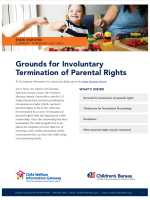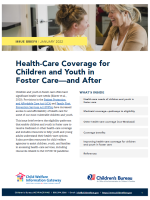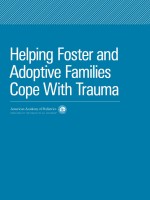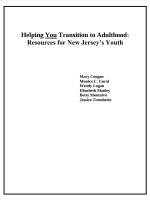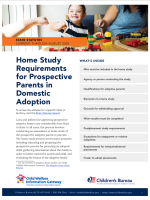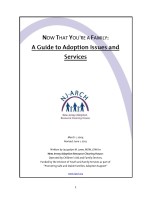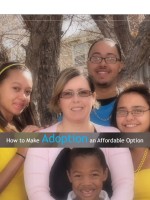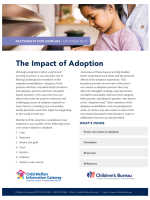Grounds for Involuntary Termination of Parental Rights
Health-Care Coverage for Youth in Foster Care—and After
Helping Foster and Adoptive Families Cope With Trauma
The purpose of this guide is to support adoptive and foster families by strengthening the abilities of pediatricians to: 1) identify traumatized children, 2) educate families about toxic stress and the possible biological, behavioral, and social manifestations of early childhood trauma, and 3) empower families to respond to their child’s behavior in a manner that… [read more]
Helping You Transition to Adulthood: Resources for New Jersey’s Youth
Helping Your Foster Child Transition to Your Adopted Child
Home Study Requirements for Prospective Parents in Domestic Adoption
How to Adopt in New Jersey: A Roadmap to Family Building
NJ ARCH has created a useful handbook to help you with your adoption needs. This easy-to-read 34-page handbook covers issues in adoption including: lifelong adoption, behavioral and developmental needs, and adoption resources. To view and print an electronic, PDF version of this handbook, please click on the handbook cover to the left. If you would like to… [read more]
How to Make Adoption an Affordable Option
This booklet covers expenses common to most adoptions, expenses unique to the various types of adoption, financial assistance for adoption and post-adoption expenses, and tax breaks available to adoptive parents.
I am a U.S. citizen
This guide explains three different ways to help an adopted child born abroad become a lawful permanent resident (LPR) or a U.S. citizen. Each process is distinct and has different eligibility requirements.

